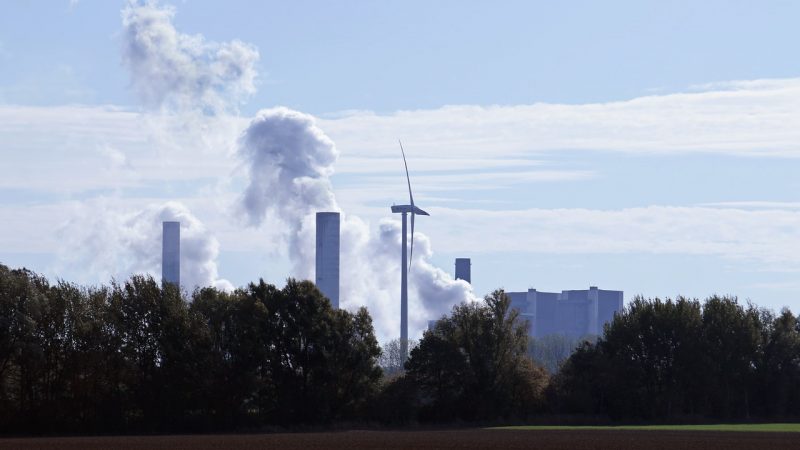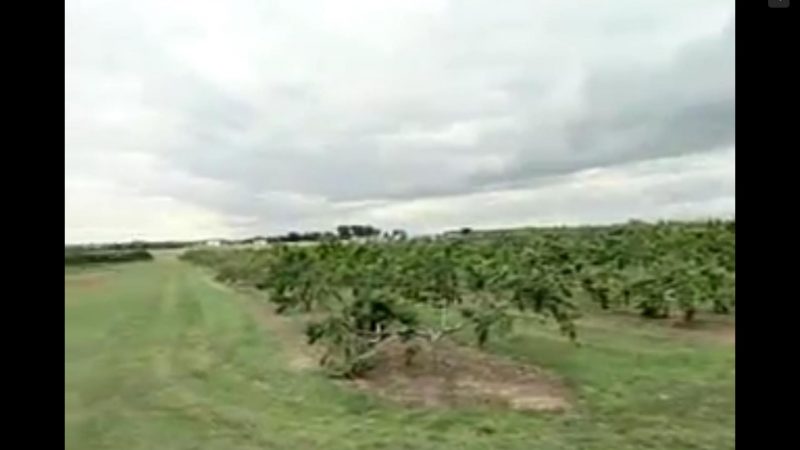Environmental Science
What Is Environmental Science?
The field of Environmental Science had its beginnings in the 1960s and 1970s, largely brought on by the unintended effects of using the chemical DDT to control pests on plants. Scientists saw that some unexpected things were happening in the world that cried-out for a multi-disciplinary approach to get a handle on what was happening—to understand what problems there are in the environment and then to decide what to do about them. The field draws from nearly all the sciences you can think of, from the physical sciences, like physics and chemistry, to the biological sciences, like biology and zoology, and on to earth sciences, like soil science and geology, and even the atmospheric sciences. There’s also a need to use social science to figure out people’s understanding of the importance of the environment and to gain their support for change, where needed.
So, people in environmental science need to be able to look at the environment from ten paces back—so see the big picture—and work with lots of other scientists to protect our world. They’re problem solvers and sometimes detectives. Do you like to work complex puzzles that some would consider to be monumental tasks? Would you like to work for a governmental agency whose work can affect large numbers of people, maybe a whole population? Maybe Environmental Science is your field. Some jobs in the field include Wildlife Manager, Zoologist, Microbiologist, Soil Scientist, Staff Geologist, Environmental Consultant, and HazMat Specialist.








